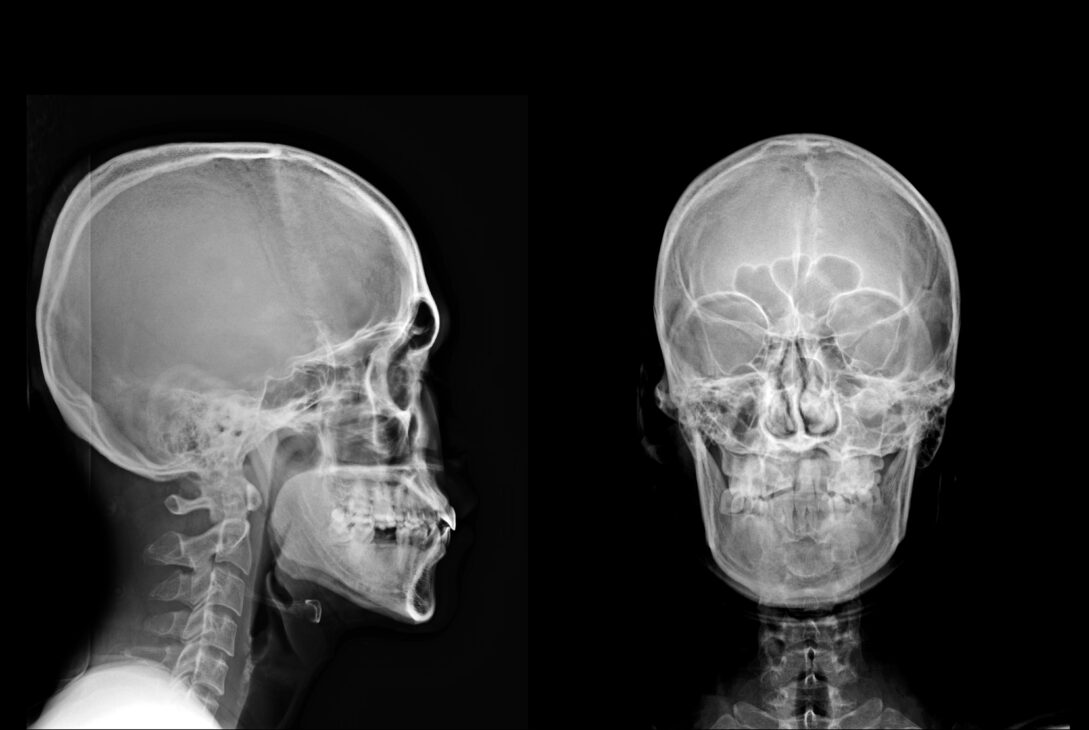Sometimes it can be difficult to target and treat cancer without harming healthy tissue. Even while surgically removing tumors, it is possible to accidentally hurt or damage healthy tissue, which can cause other negative health impacts down the line. According to the Pharma Times, precision cancer surgery company FluoGuide is determined to transform the oncological therapeutics landscape. Their product FG001 is designed to identify malignant tissue during surgery, guiding surgeons in their work.
Editor’s Note: Get Involved
Cancer doesn’t discriminate. WHATNEXT and its partners are interested in amplifying the voices of those from all identities and backgrounds. If you have a cancer journey to share, reach out here to learn more about how your voice can help spread awareness and inspire individuals from all walks of life.
FluoGuide explains that FG001 is injected into the veins prior to surgery. They further share:
It contains a fluorophore that binds to cancer cells expressing uPAR [and] the uPAR binding is mediated by a targeting molecuke. FluoGuide’s targeting molecules bind rapidly to cancer cells but disappear from the systemic circulation.
In short, the therapy works by illuminating (in a sense) cancer cells. When surgeons operate, they can thus visibly see the difference between healthy and diseased tissue. This allows them to spare more healthy tissue.
FluoGuide has been evaluating FG001 for head and neck cancer in a Phase 2a clinical study. 12 individuals enrolled in the study. These individuals had squamous cell carcinomas (SCC) of the head and neck. The study showed that FG001 helped surgeons to easily identify cancerous tissue. A further study will begin which incorporates four additional patients.
Outside of head and neck cancer, FG001 is being explored for use in glioblastoma and lung cancer.
Symptoms of Head and Neck Cancer
There are multiple forms of head and neck cancer, such as:
- Laryngeal cancer
- Salivary gland cancer
- Nasopharyngeal cancer
- Nasal cavity and paranasal sinus cancer
- Throat cancer
However, that is not an extensive list. As shared by the CDC, there are a number of places where head and neck cancer can manifest. Doctors have identified risk factors that increase the probability of developing these cancers. These include alcohol and tobacco use, older age, Epstein-Barr virus (EBV) or human papillomavirus (HPV) infection, radiation treatment, or UV exposure. Men are also 2x more likely than women to develop head and neck cancer.
Symptoms differ based on the exact location of the cancer. Potential symptoms can include:
- Jaw inflammation
- A lump or thickened area in the mouth
- Pain while swallowing
- Nosebleeds
- Tinnitus (ringing in the ears)
- Unusual bleeding or pain in the mouth
- Issues with dentures
- Ear pain
- Pain and swelling around the eyes
- Blocked sinuses and/or sinus infections that don’t respond to antibiotics
- A feeling of something caught in the throat
- Hearing issues
- A white or red sore on the gums, tongue, or mouth lining that doesn’t heal
- Difficulty speaking, breathing, chewing, or swallowing
- Throat pain
Editor’s Note: Get Involved
Cancer doesn’t discriminate. WHATNEXT and its partners are interested in amplifying the voices of those from all identities and backgrounds. If you have a cancer journey to share, reach out here to learn more about how your voice can help spread awareness and inspire individuals from all walks of life.
Last modified: June 24, 2024







